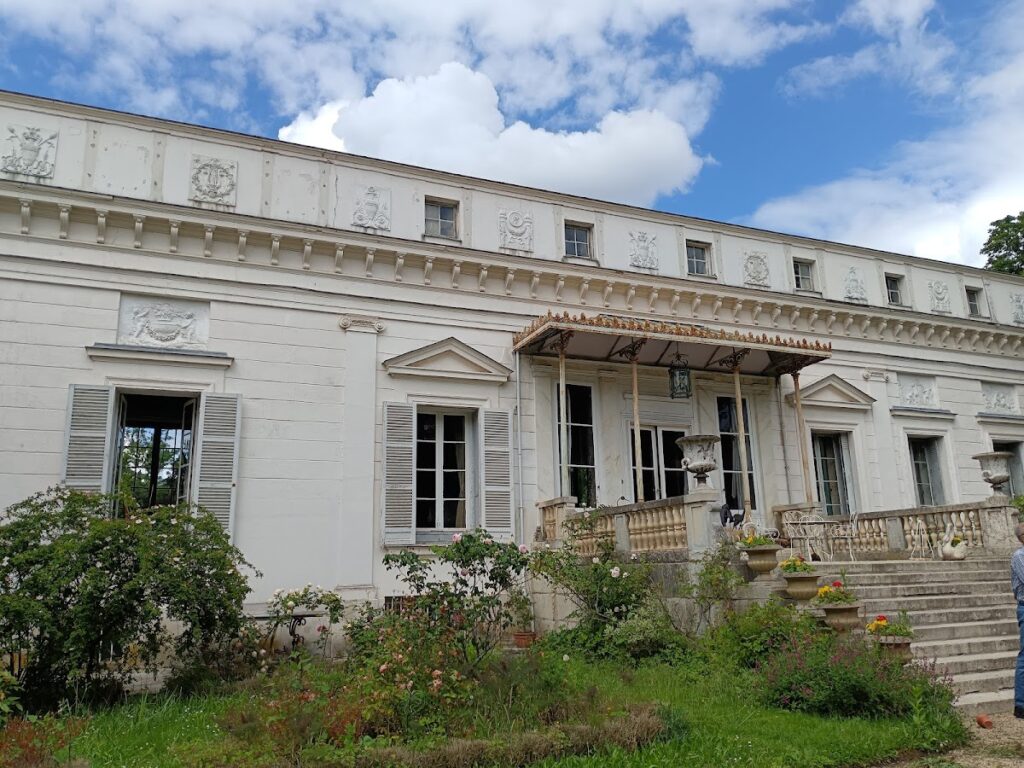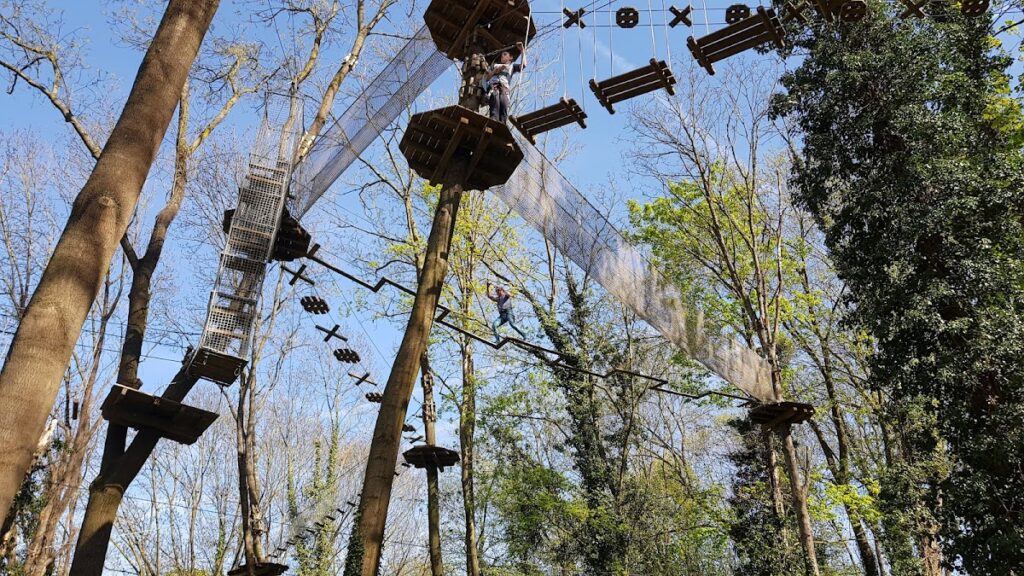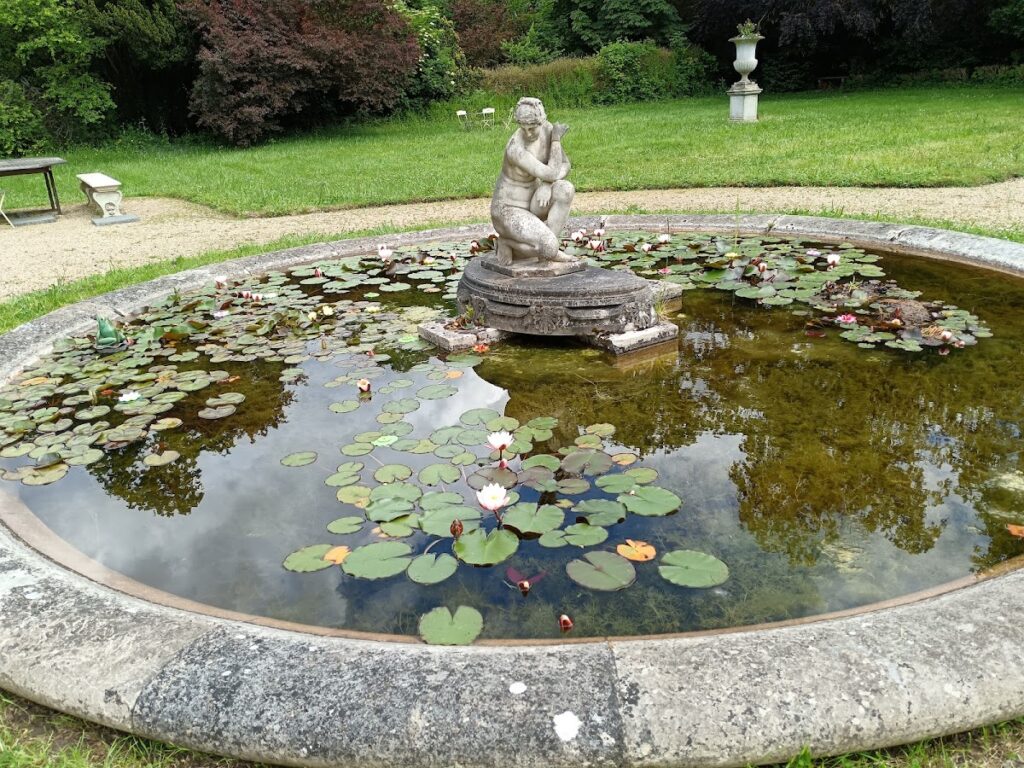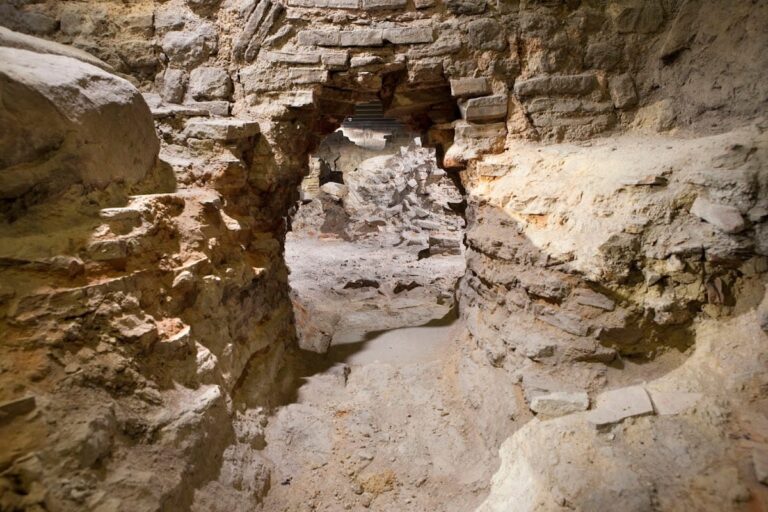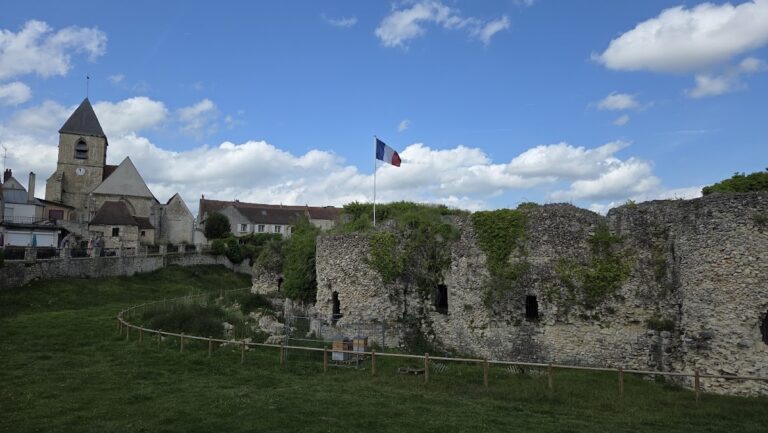Château de la Petite Malmaison: A Historic French Empire Estate in Rueil-Malmaison
Visitor Information
Google Rating: 4.4
Popularity: Low
Google Maps: View on Google Maps
Official Website: www.petitemalmaison.fr
Country: France
Civilization: Unclassified
Remains: Military
History
The Château de la Petite Malmaison is located in the municipality of Rueil-Malmaison, France. It was built in the early 19th century during the period of the French Empire under Napoleon Bonaparte, with construction supervised by French architects and landscape designers of that era.
Construction of the château occurred between 1803 and 1805, serving originally as a reception pavilion for Empress Joséphine, who owned the nearby Château de Malmaison. This building was closely connected to an ambitious greenhouse project begun in 1804 by the landscape architect Jean-Marie Morel, later completed by Jean-Thomas Thibault and Barthélemy Vignon. The greenhouse formed a significant part of the estate, symbolizing the Empress’s interest in exotic and rare plants.
After Joséphine’s death in 1814, the estate remained until the greenhouse was dismantled in 1827 due to the high costs of maintaining such a large heated structure. Soon after, in 1828, Swedish banker Jonas-Philip Hagerman acquired the property. During the 19th century, especially after 1878 when the estate was divided into separate lots, the château passed through various hands. In 1887, Pascal de Bourbon-Siciles, Count of Bari, became the owner, initiating further modifications to adapt the château for residential use.
In 1949, ownership transferred to the Czarnecki family, who continue to possess the site. Throughout these changes, successive owners altered the château extensively, subdividing the original salons, adding windows and fireplaces, and adapting the east wing by removing upper floors to create smaller apartments. The basement, which had powered the greenhouse heating furnaces, was converted for kitchens and servant living quarters.
Recognition of the château’s historical value began in the 20th century; it was included in the supplementary inventory of historic monuments in 1968 and elevated to full historic monument status in 1995. This classification also protects the surrounding park, ensuring the preservation of this landmark connected closely to the Napoleonic era and Empress Joséphine’s legacy.
Remains
The estate’s layout originally centered around a large, heated greenhouse measuring approximately 50 meters in length and 19 meters in width. Constructed in the early 1800s, this structure was a pioneering example of large-scale glass use in France. It featured a division into two sections: one part housed a heated greenhouse designed to nurture tall trees and rare plant species, supported by twelve large stoves capable of maintaining temperatures suitable for specimens up to five meters tall. Adjacent to this was a pavilion containing three elegant salons, including a central rotunda decorated in 1807 by Louis-Martin Berthault with luxurious furnishings and ornaments crafted by artisans such as marble mason Gilet and cabinetmaker Jacob Desmalter.
The park surrounding the château exhibits characteristics of the English landscape garden style, guided by Berthault’s design vision. The grounds include a variety of mature trees — chestnut, cedar, bald cypress, yew, and boxwood — harmoniously arranged amidst open lawns. Remnants of a French formal garden survive at the rear of the park, complementing a pond that adds a reflective water feature to this landscaped environment.
The château’s façades display numerous statues and busts, many of which are replicas of ancient sculptures acquired during the Napoleonic confiscations across Europe. These include busts representing historical figures such as Marcus Vipsanius Agrippa, Marcellus, Antinous (from the Capitoline collection), Demosthenes, Homer, and Brutus. In the garden, a crouching Venus statue adorns a fountain, enhancing the classical ambiance.
Inside, several notable artistic and decorative elements remain. The Salon de Musique (Music Salon), converted from part of the west wing, features seven casts of marble friezes originally from the Parthenon in Athens. These reliefs, portraying horse riders preparing for the Panathenaic procession, were crafted in the 1780s by Louis-François-Sébastien Fauvel and transported to Malmaison after their seizure during the French Revolution. Modifications to the interior include subdivision of the central rotunda salon, which now includes additional windows and a fireplace, and partial removal of the original intricately patterned Jacob-Desmalter parquet floor.
The east wing, once taller, was altered by lowering its roofline and adding a balustrade, creating smaller separate apartments. The west wing contains the large Music Salon, designed to open onto a new terrace via three tall windows and illuminated from above by skylights set into the roof where attic windows had previously stood.
A small supplementary wing on the property houses a summer dining room, richly decorated with frescoes inspired by ancient Pompeian motifs. Among these is a representation of the goddess Flora, a detail taken from the Villa Arianna near Stabiae, whose original remains are conserved in the Naples Archaeological Museum.
The basement level, originally equipped to contain the twelve furnaces heating the greenhouse, was repurposed into kitchens and living areas for servants. This adaptation reflects the shift in the building’s function from botanical display to residential use.
Original pieces of Jacob-Desmalter furniture remain conserved within the château, including a pair of doors and two mahogany stools featuring distinctive lion-head and claw designs. A significant historical painting by Jean-Jacques Hauer illustrating the first Legion of Honor ceremony in 1804 is also part of the château’s preserved collection, connecting the site to key events of the Napoleonic period.

